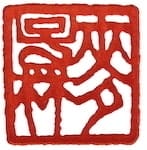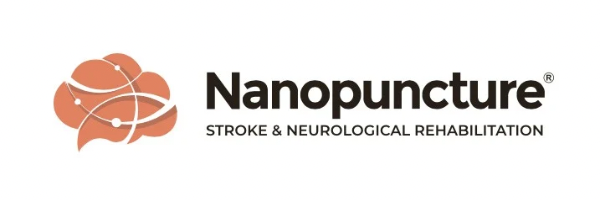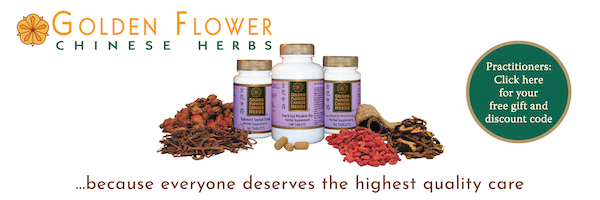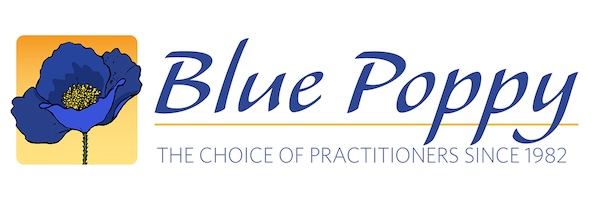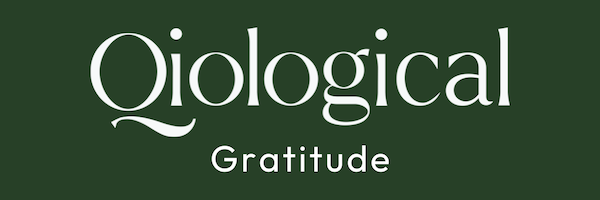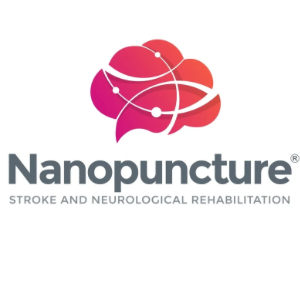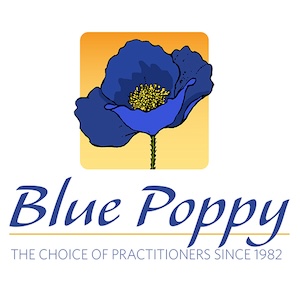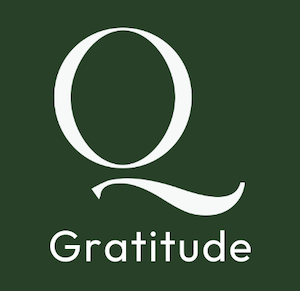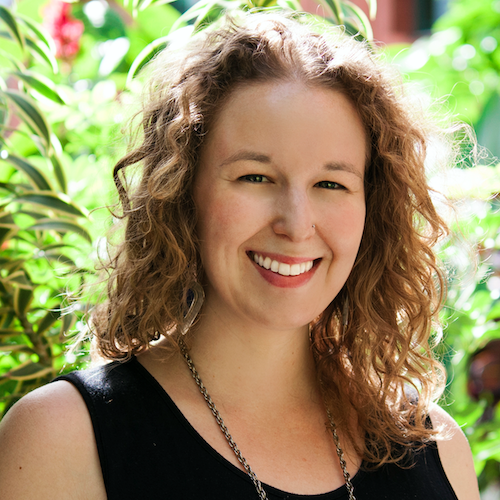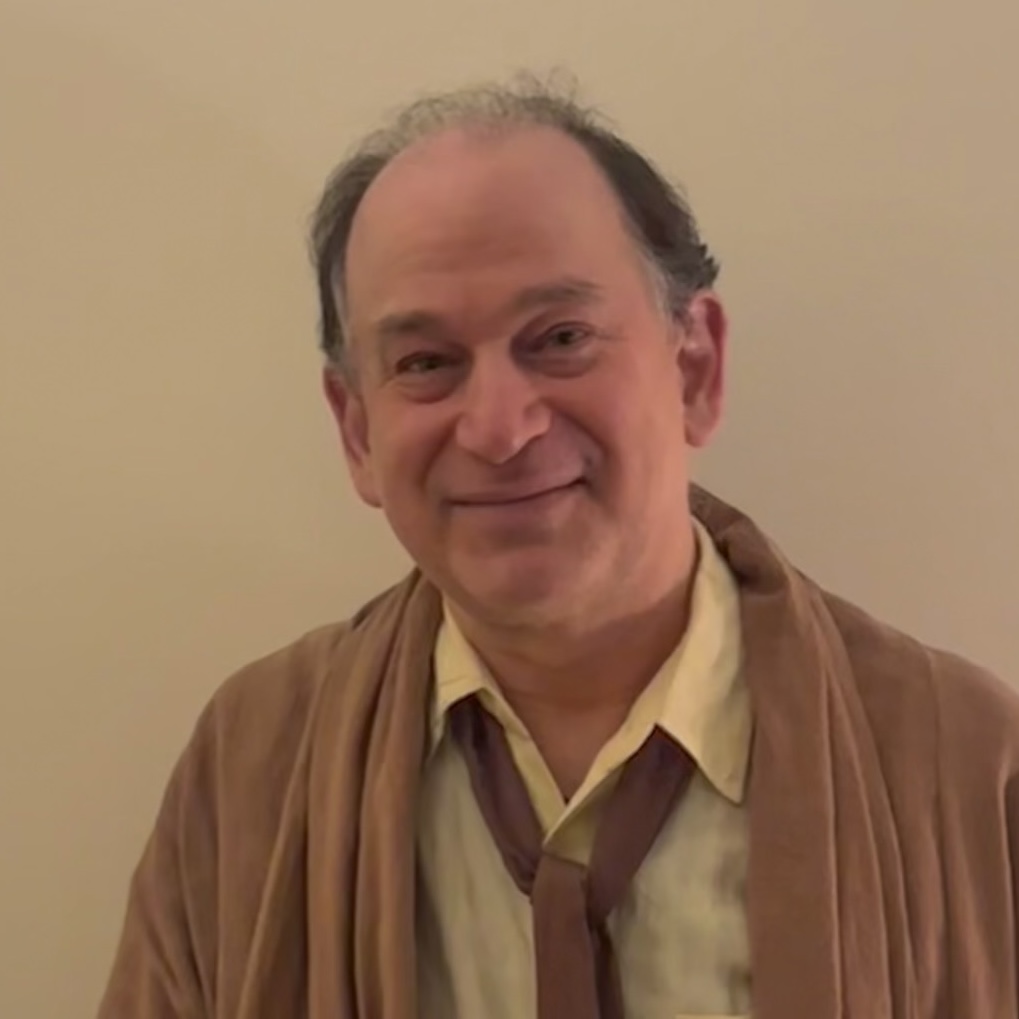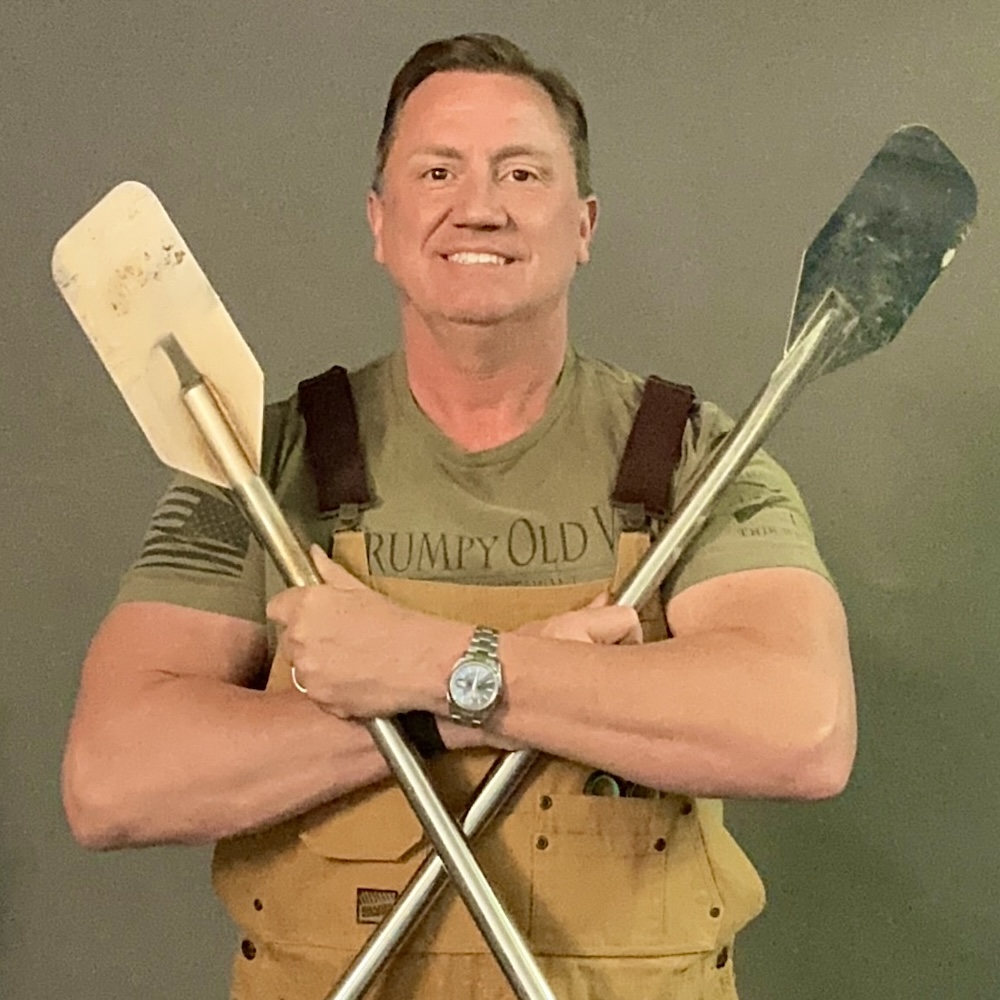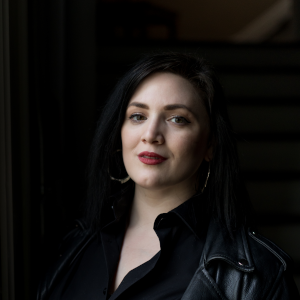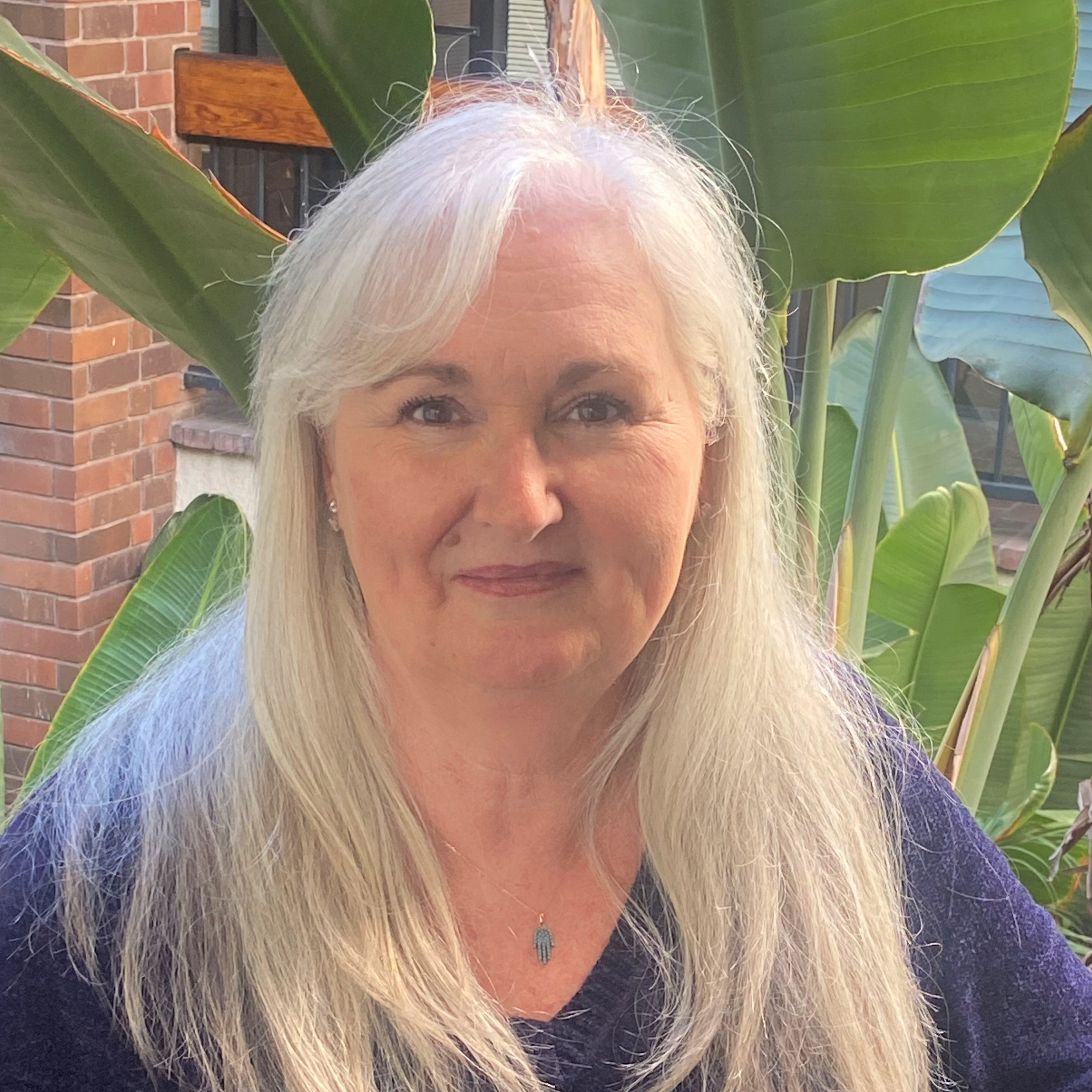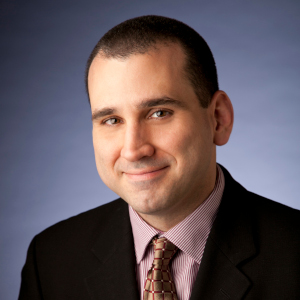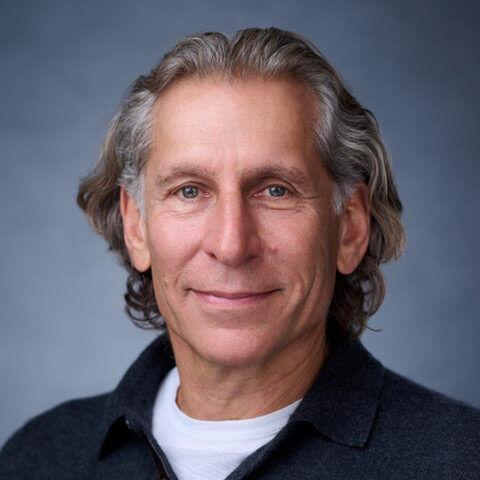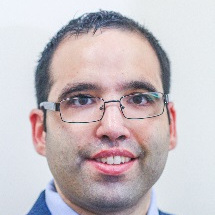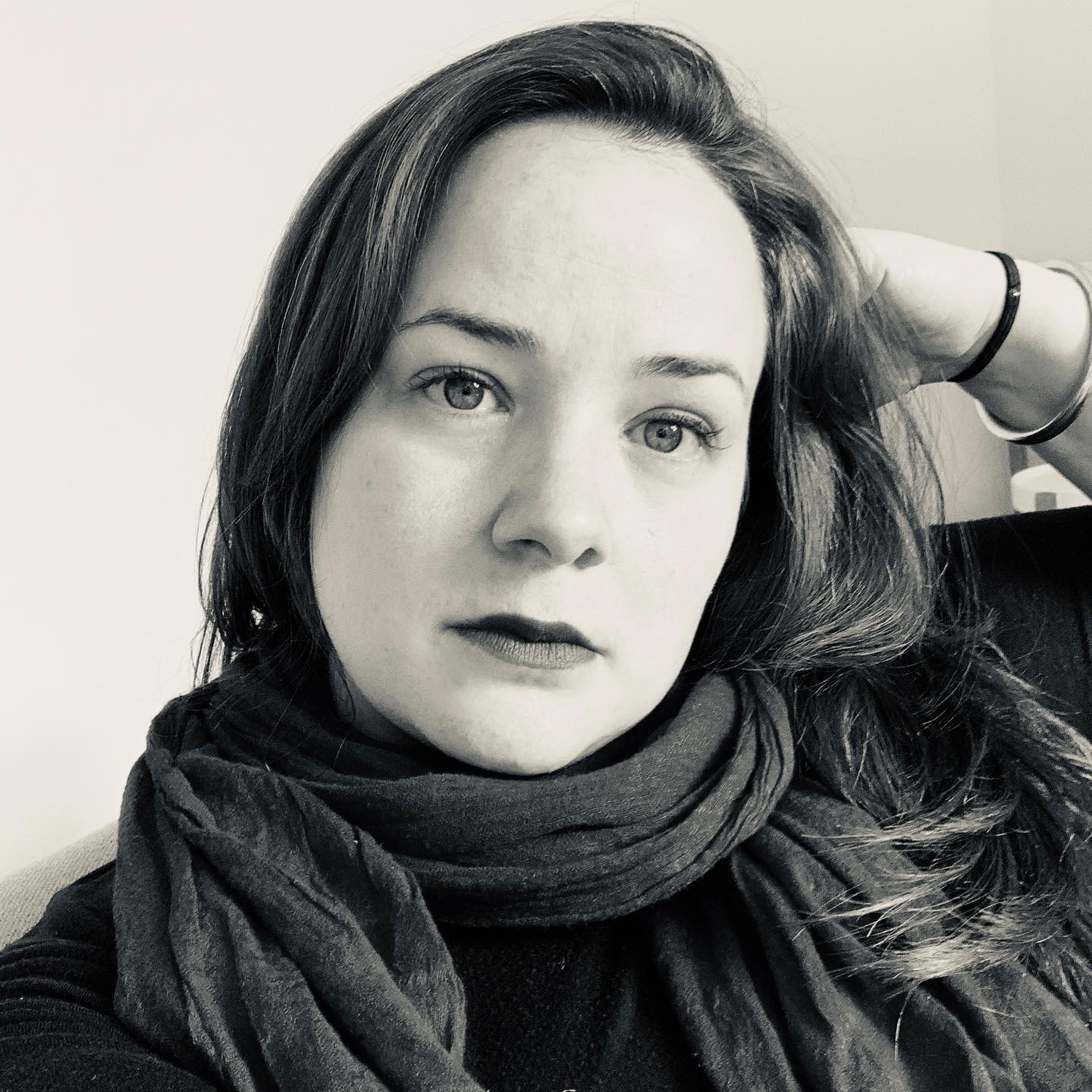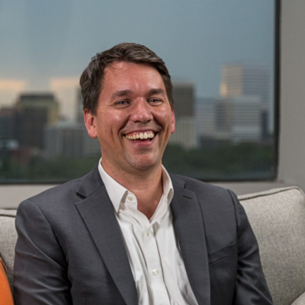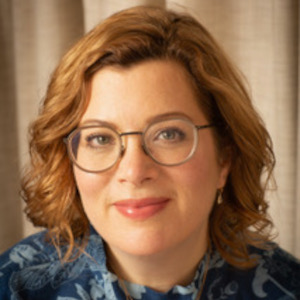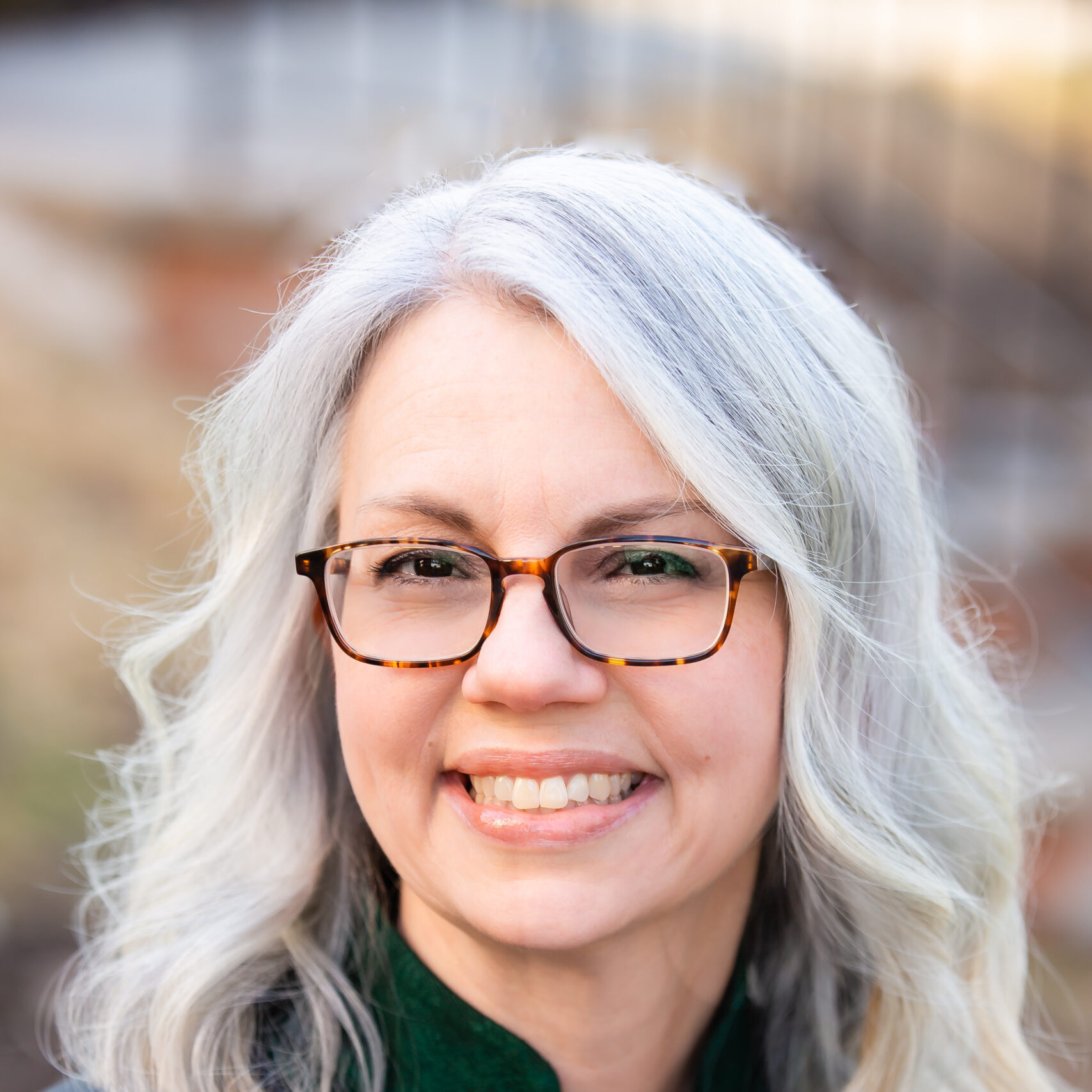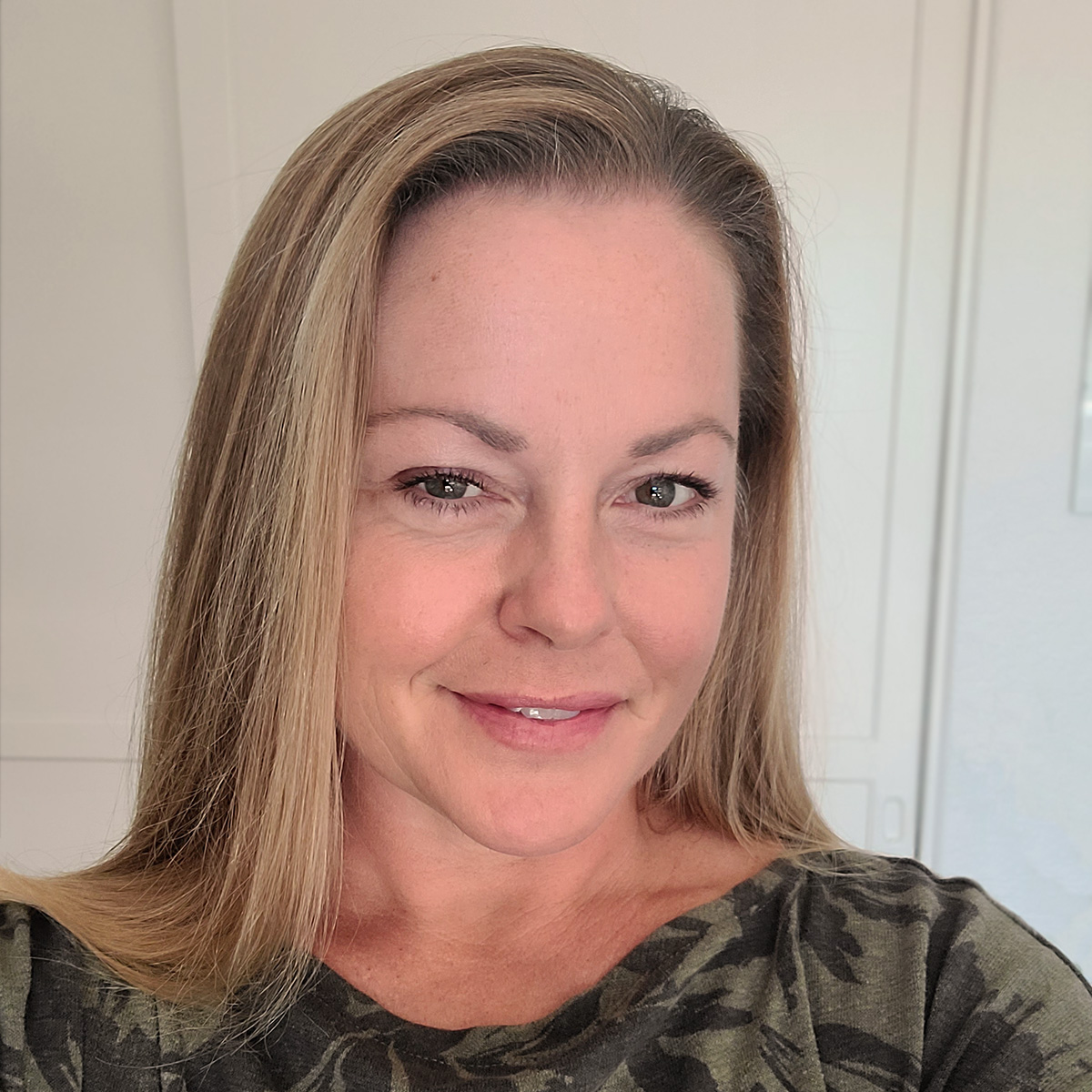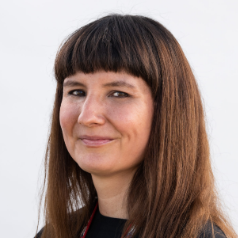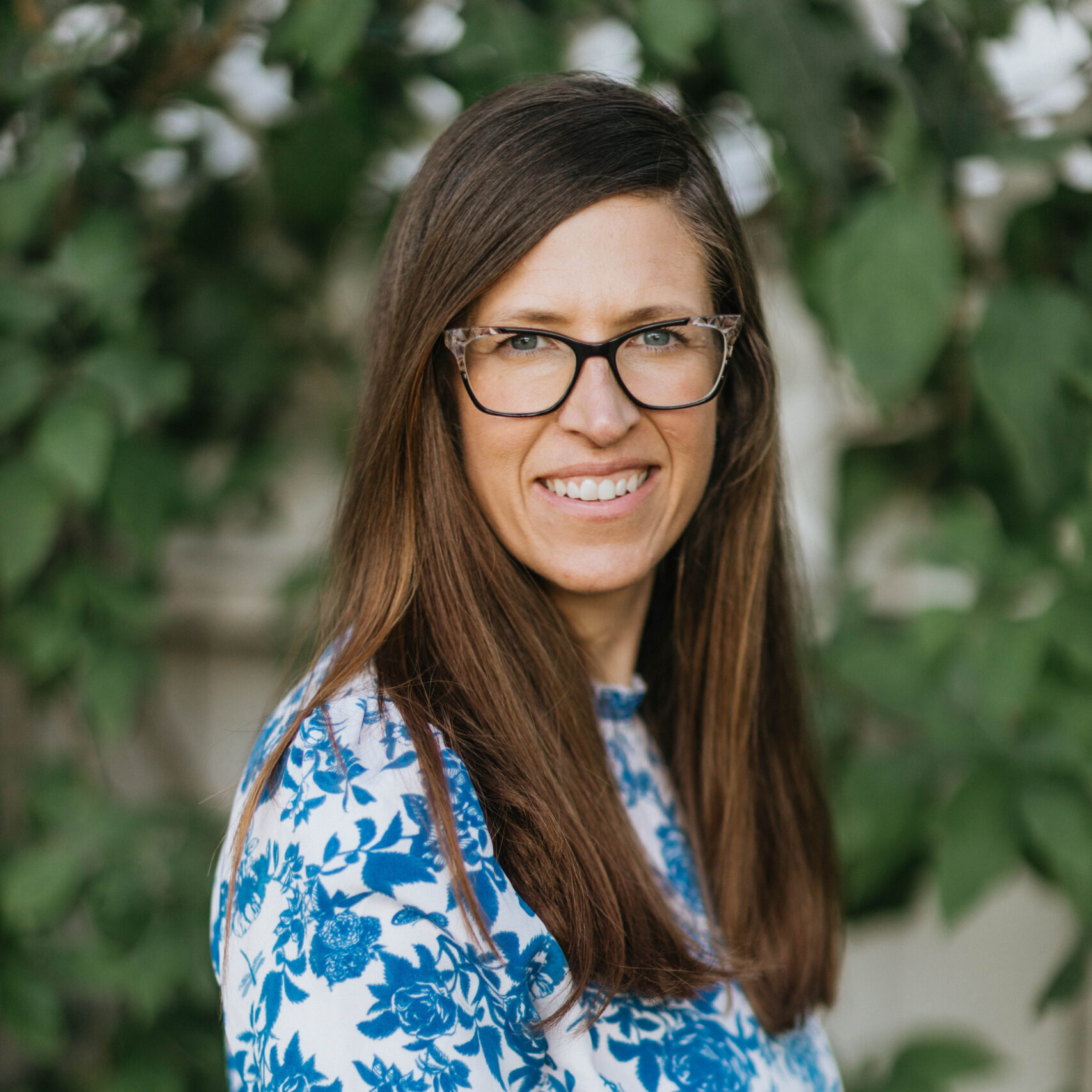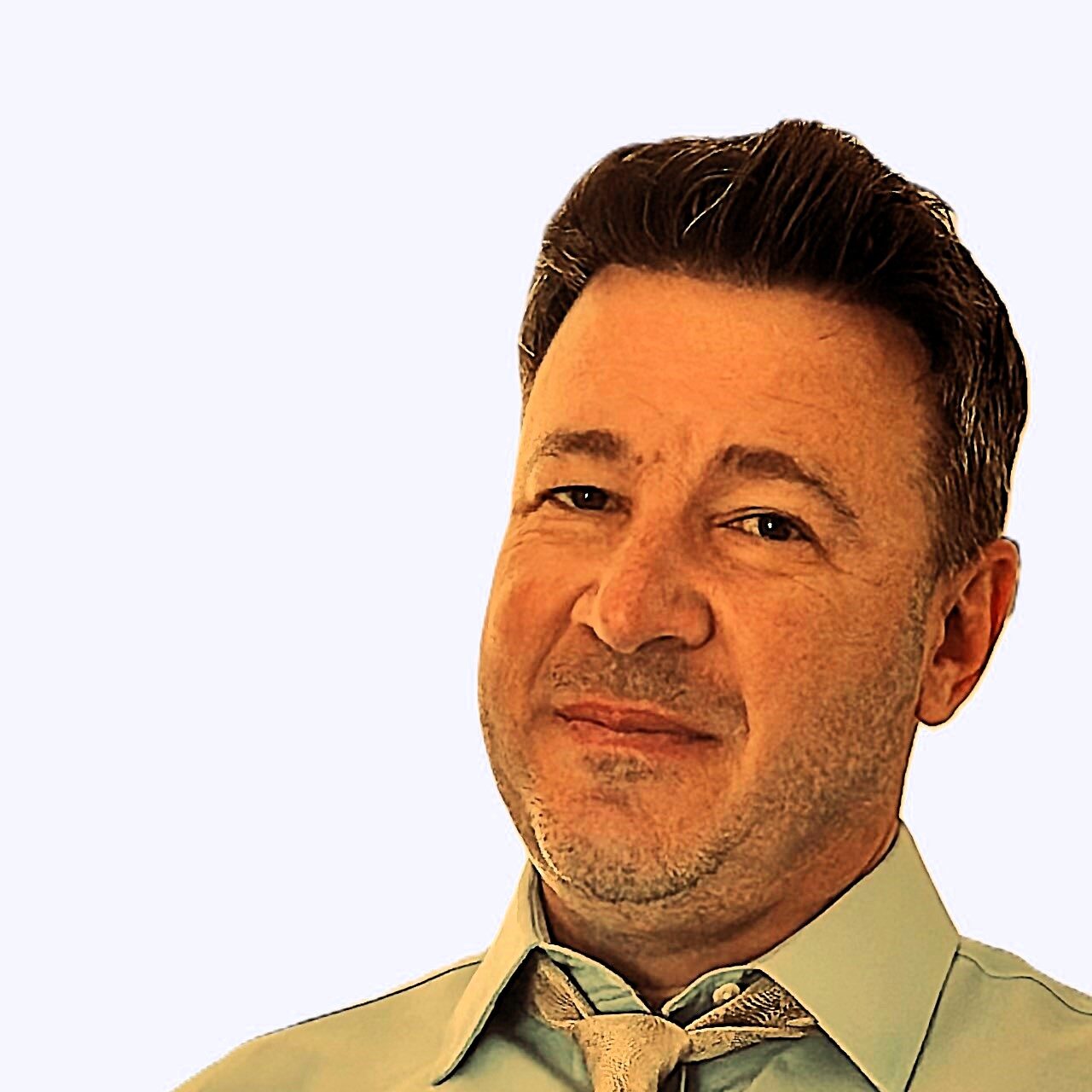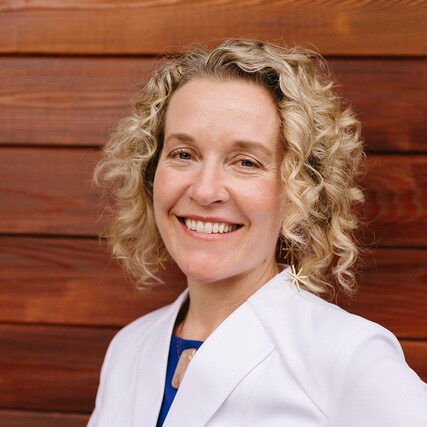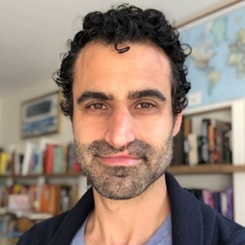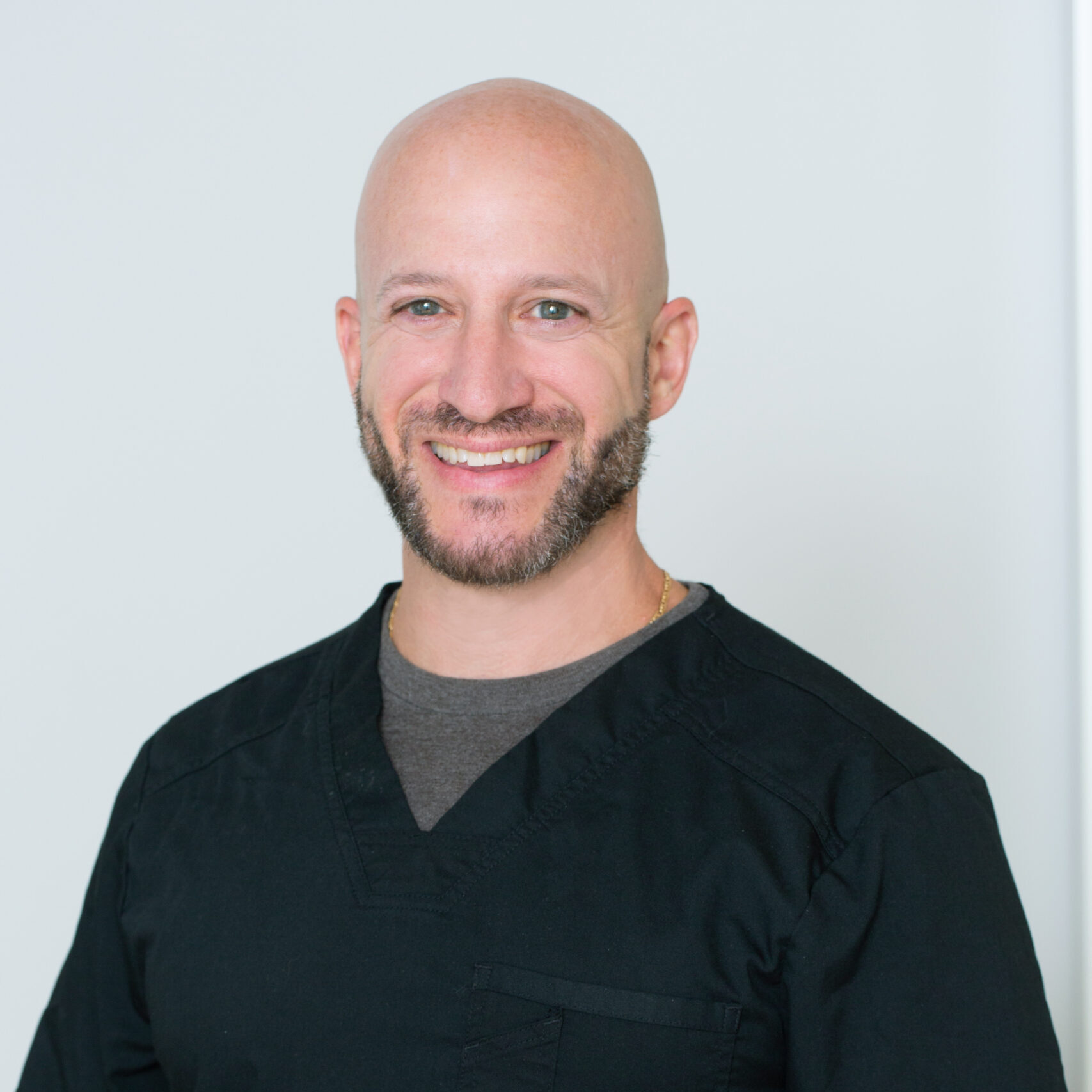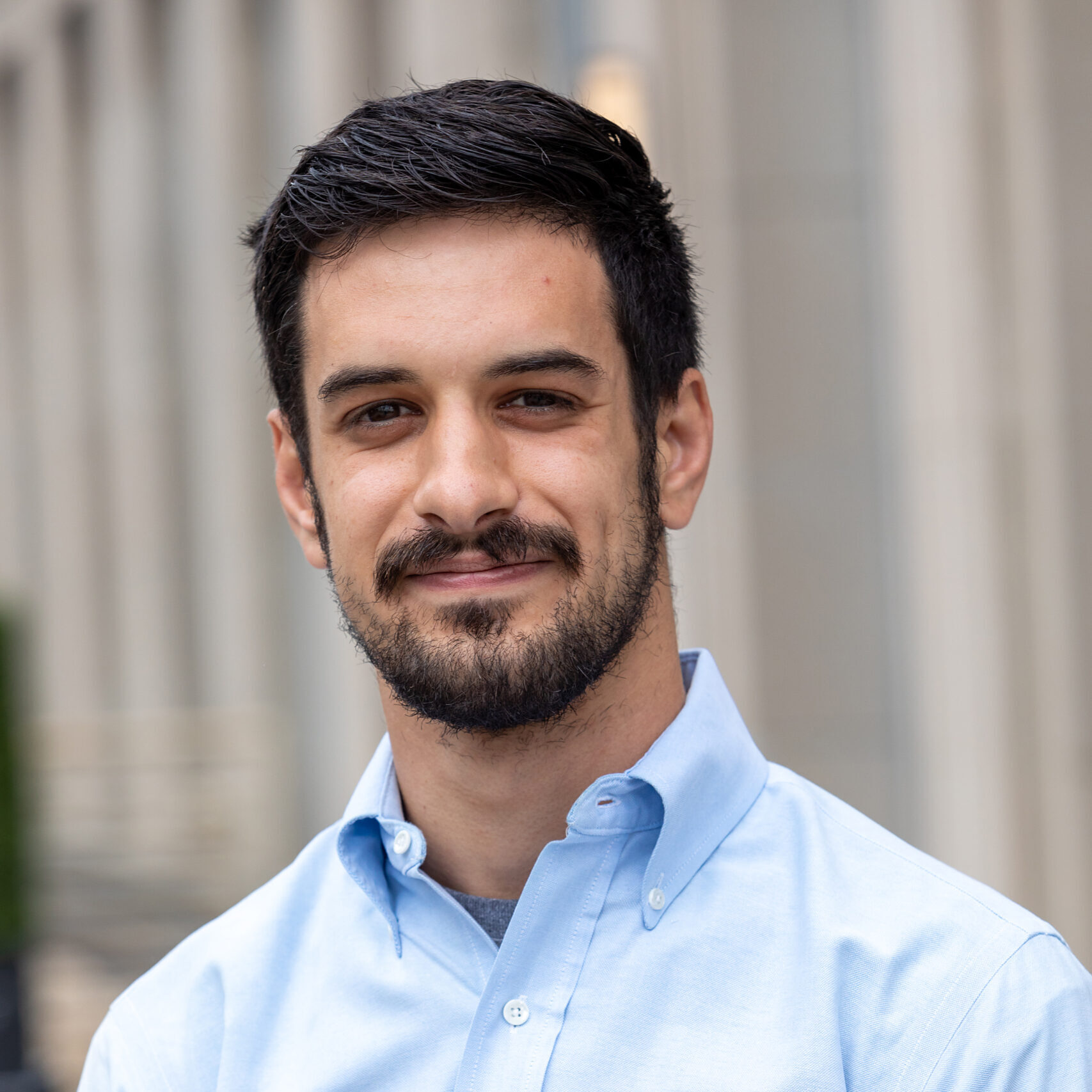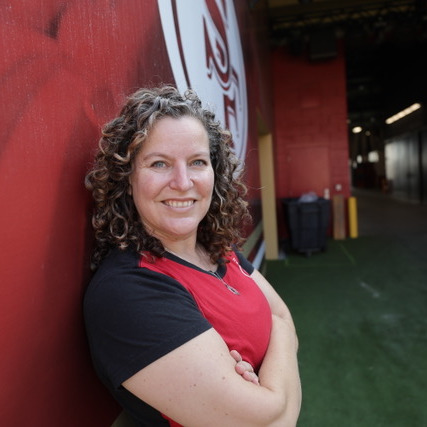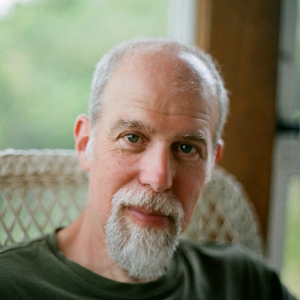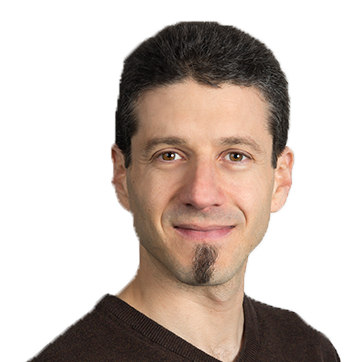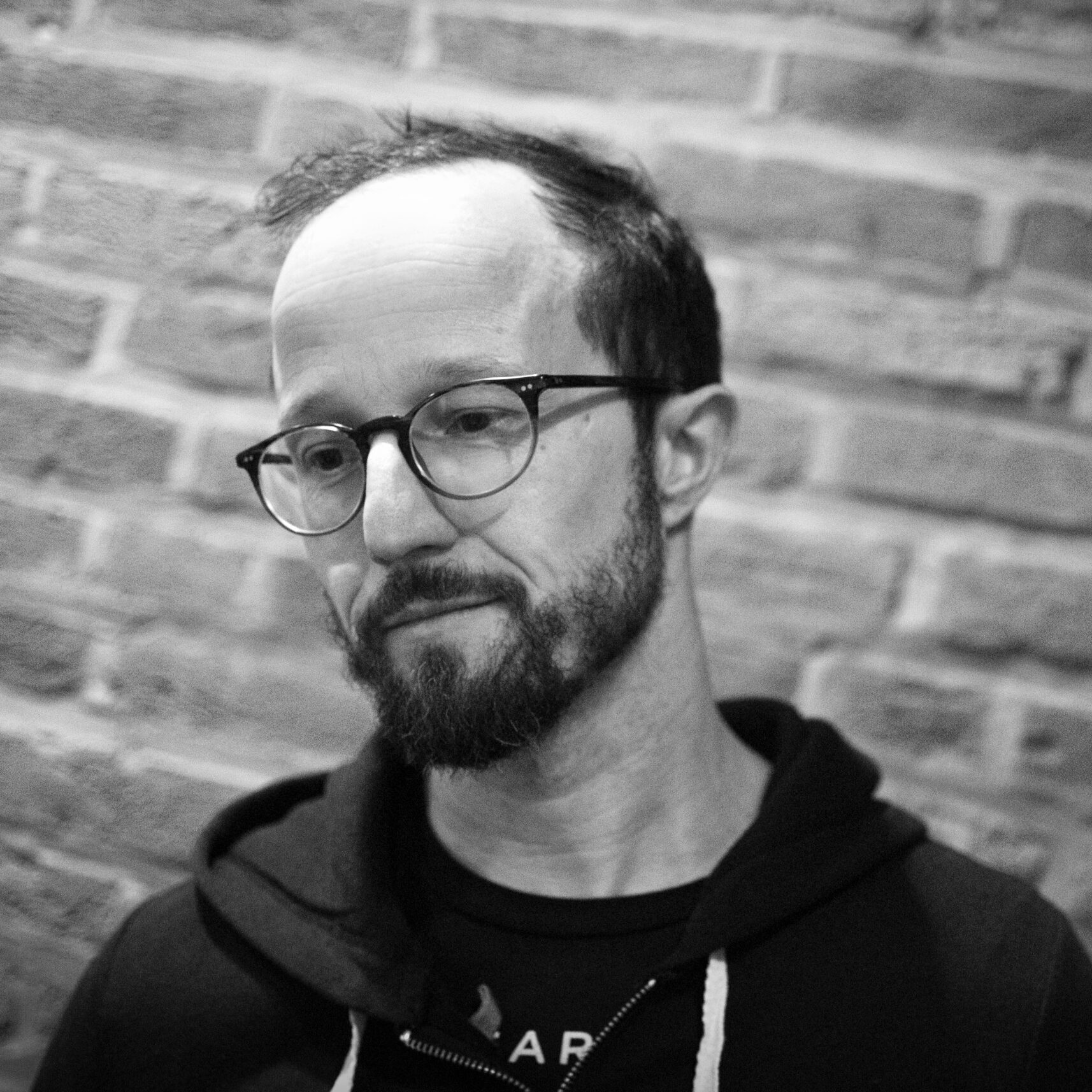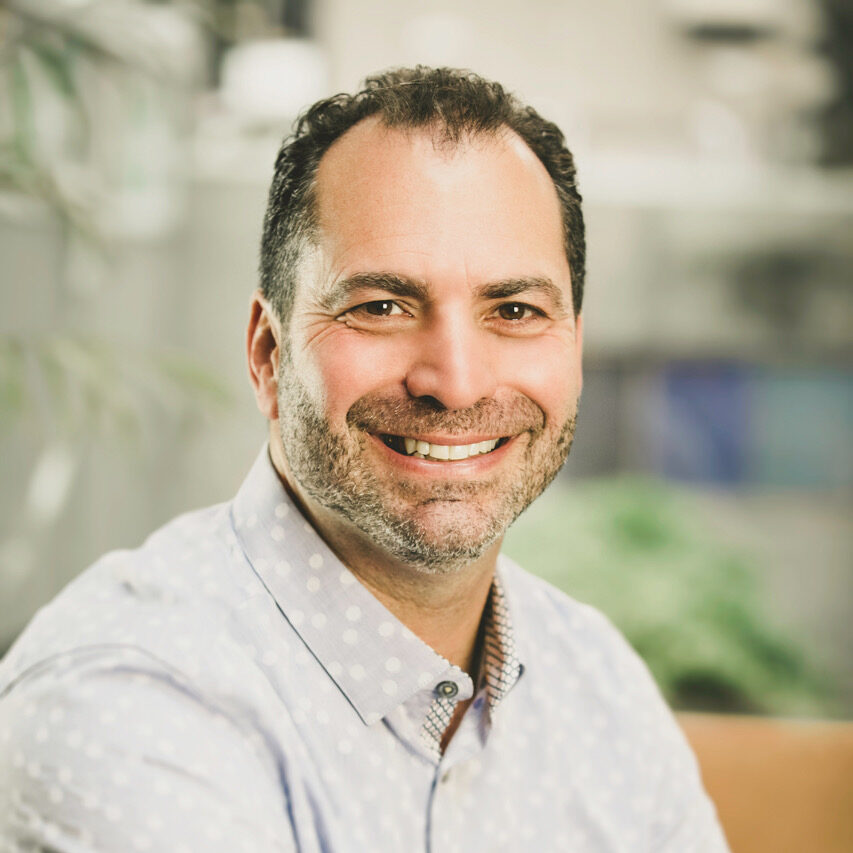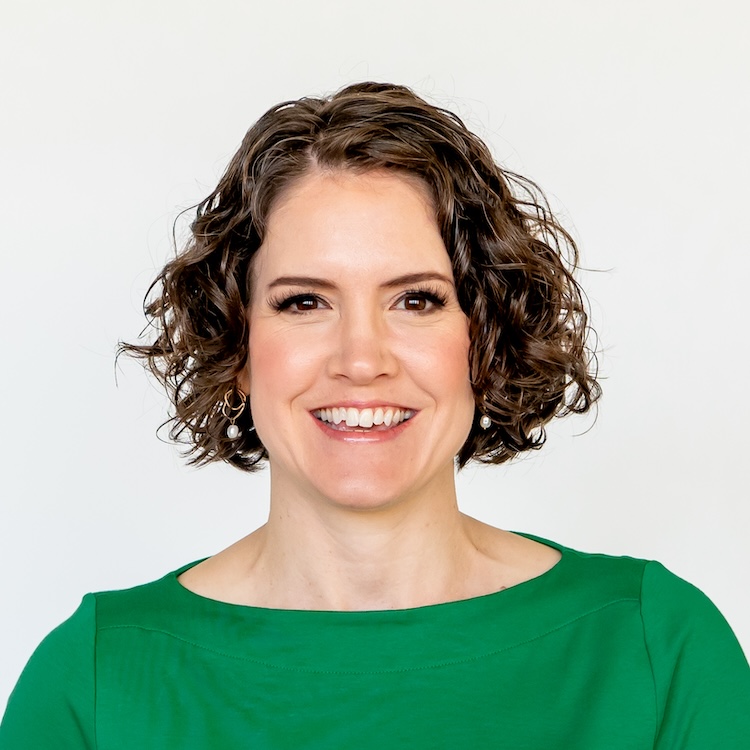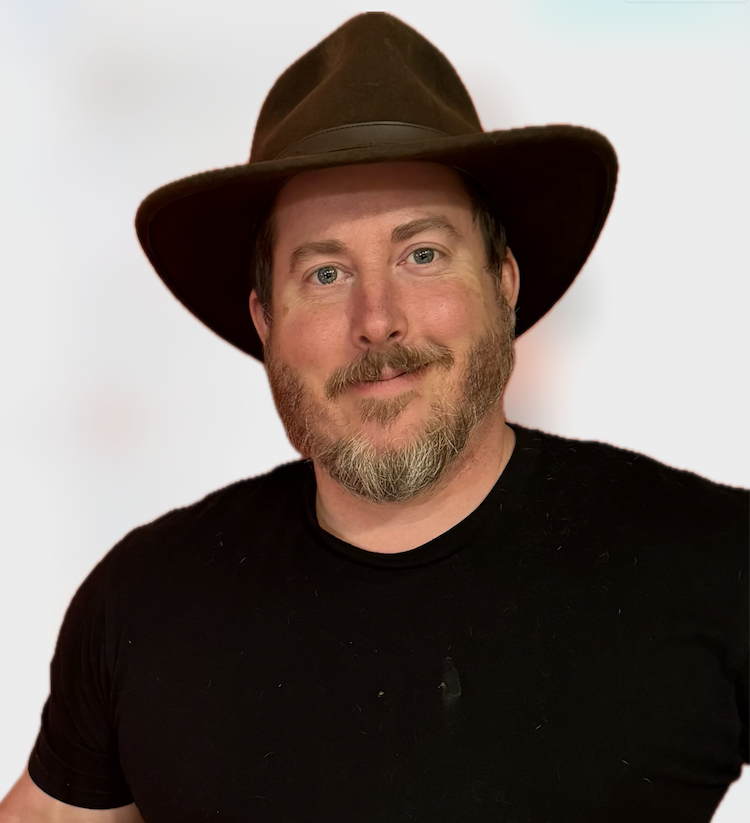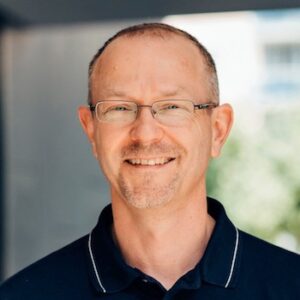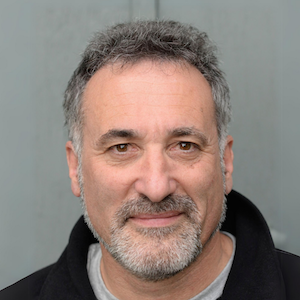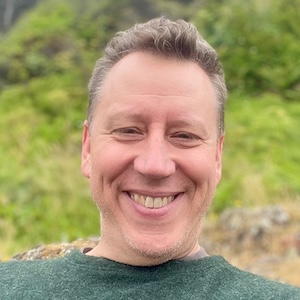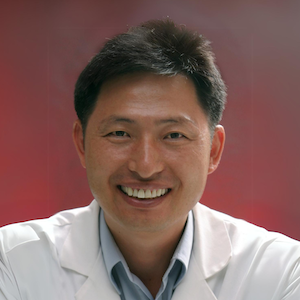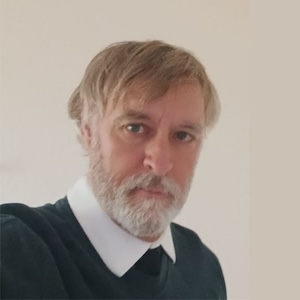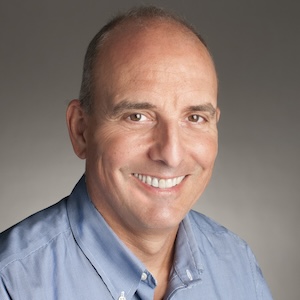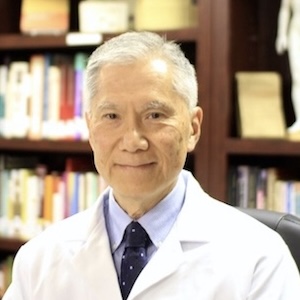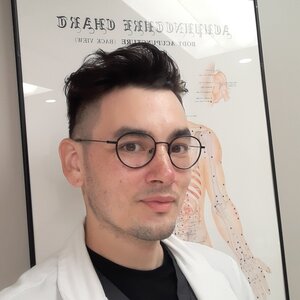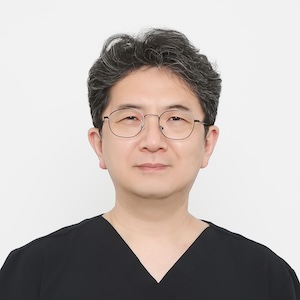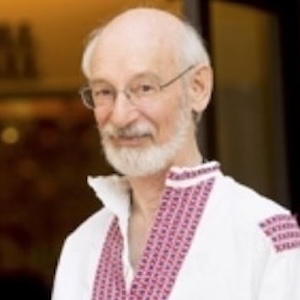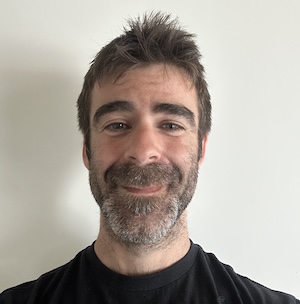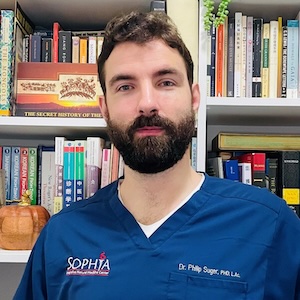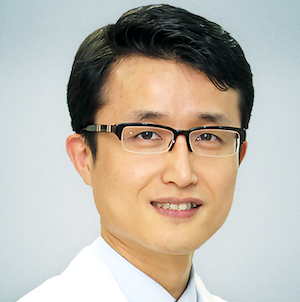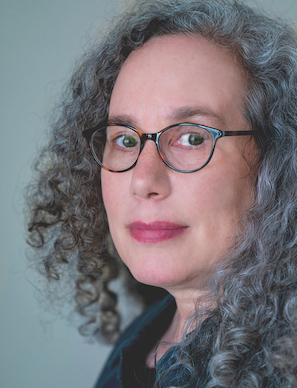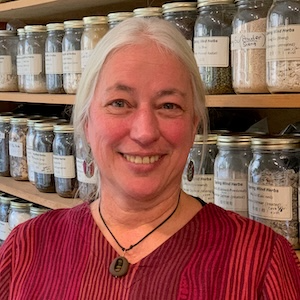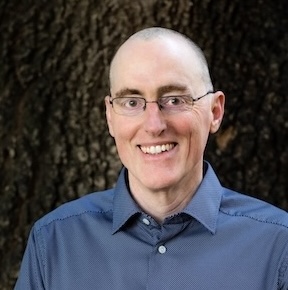How we engage the mind can have an effect on our wellbeing in profound ways.
What is even more interesting is how the mind and body interact. We are all familiar how the emotions can be the source of internally generated illness, and we are all familiar with how injury or illness can in turn have an effect on our emotional life.
Some would go so far as to say all physical illness is rooted in the emotions. To me that seems a bit simplistic. but I’d agree that our physiology and the internal “climate” generated by the emotion— they are not disconnected.
In this conversation with Joyce Vlarrkamp we discuss the inner landscape, not just of the patient, but the practitioner as well. Along with the metaphors and imagery through which patients navigate their experience. If you’re keen on investigating the inner landscape, you’ll enjoy this conversation.
- Shiatsu and an attentive interaction within the body's
- Joyce's experiences studying shiatsu and acupuncture
- Embodied experience as a medical practitioner
- Establishing your own connection as a practitioner
- The 3 treasures: Jing, Qi, and Shen
- Outer landscape and inner landscape
- The metaphors and imagery with patients
- Power of potentiality
- Thoughts on Destiny
Treat what you find
 Joyce vlaarkamp (1959) was born near the Dutch seaside. Studies in physical therapy and Iokai ( Zen) shiatsu with Sasaki Kazunori. Studied acupuncture in Holland (Anglo Dutch college of acupuncture) and Japanese acupuncture (Toyo hari) in Tokyo after an encounter with Kodo Fukushima (1990).
Joyce vlaarkamp (1959) was born near the Dutch seaside. Studies in physical therapy and Iokai ( Zen) shiatsu with Sasaki Kazunori. Studied acupuncture in Holland (Anglo Dutch college of acupuncture) and Japanese acupuncture (Toyo hari) in Tokyo after an encounter with Kodo Fukushima (1990).
Established Zen Shiatsu ® Opleiding in Amsterdam in 1996, a hands on four year professional training. I keep myself Inspired by studying with Masunaga Haruhiko, the son of Shizuto Masunaga, I am a big fan of direct moxa ( and moxafrica) and I studied Tao with Reinoud Eleveld. Author of Shiatsu in Uitvoering ( 2004) and Met Zachte ogen: shiatsu en het innerlijk landschap (2021) being translated in English as: Softening our gaze: shiatsu and the inner landscape.
My favourite topic at the moment is the inner landscape, the concept of the three treasures (San Bao) and the impact that has on our ways of diagnosis and treatment and the communication with our clients. They can be really seen and experienced as treasures and therefore deserve our utmost interest and training for development.Therefore my latest book!
With your training of the three treasures you are able to access the inner landscape and get a grasp of the symbolism of the organs, the provinces, the organs working together to bring you to your destiny. Because they are symbols, concepts, they can be tuned in and trained, isn’t this the core of our trade? Also it is much more interesting to explain things to your client about the symbols or metaphors instead of making on organ guilty of a disbalance without making a picture of the whole landscape.
